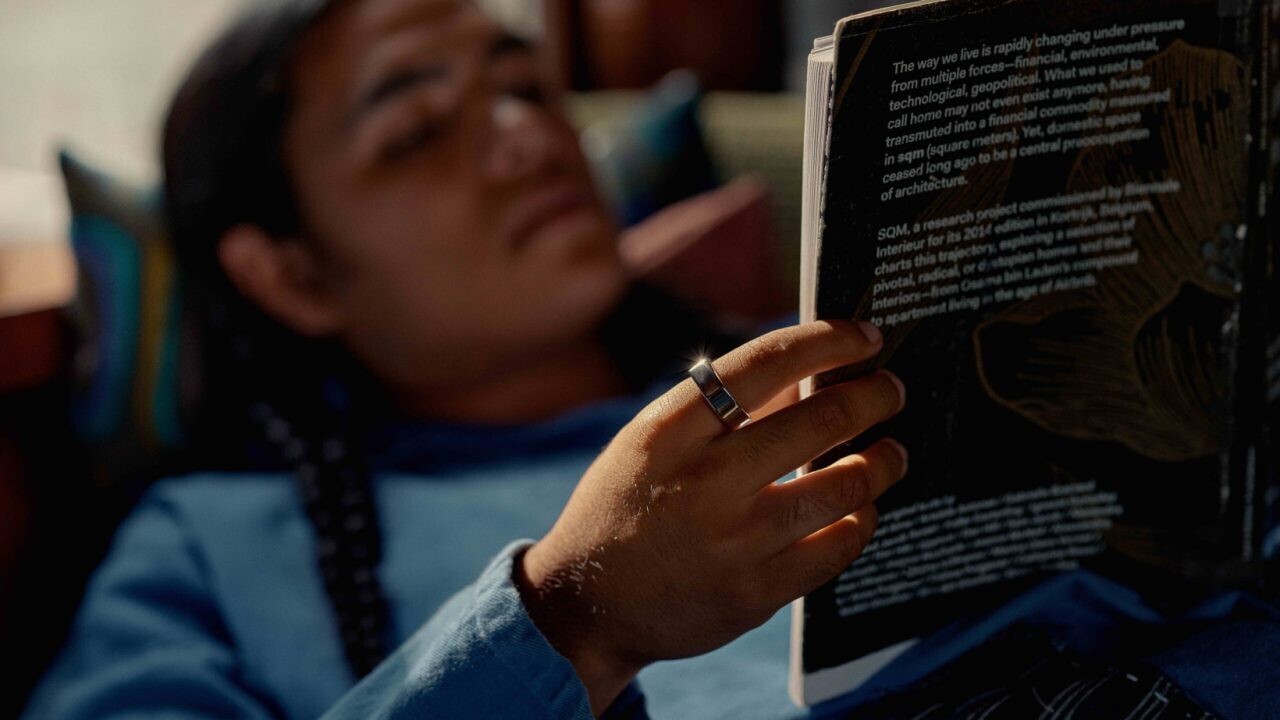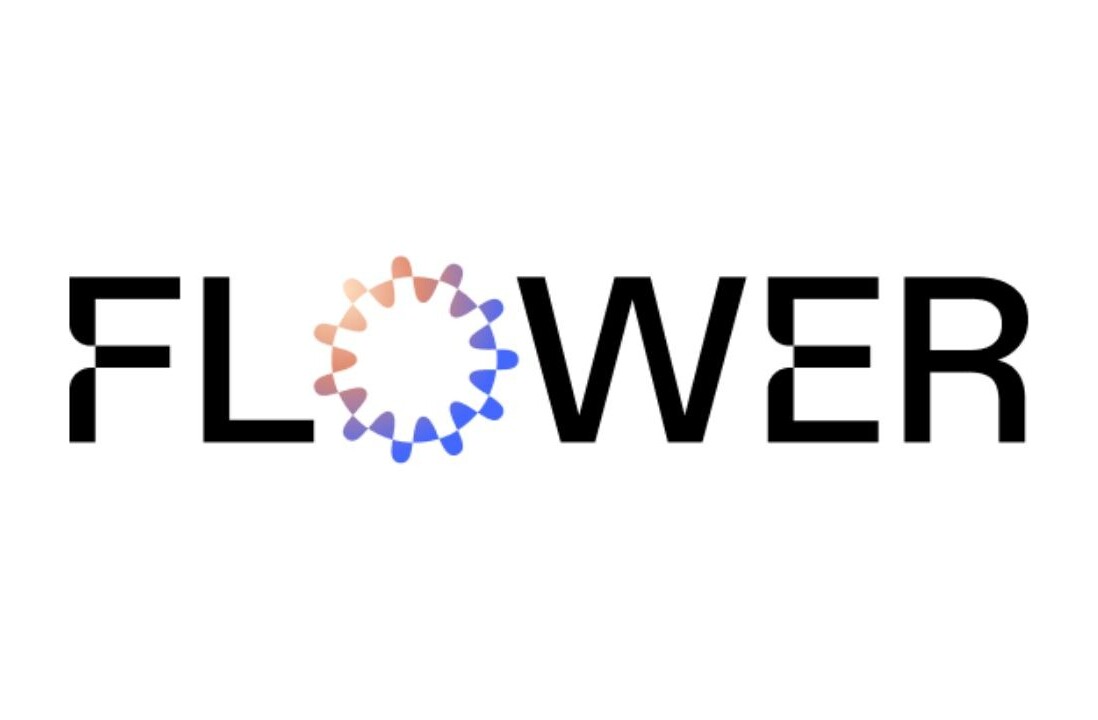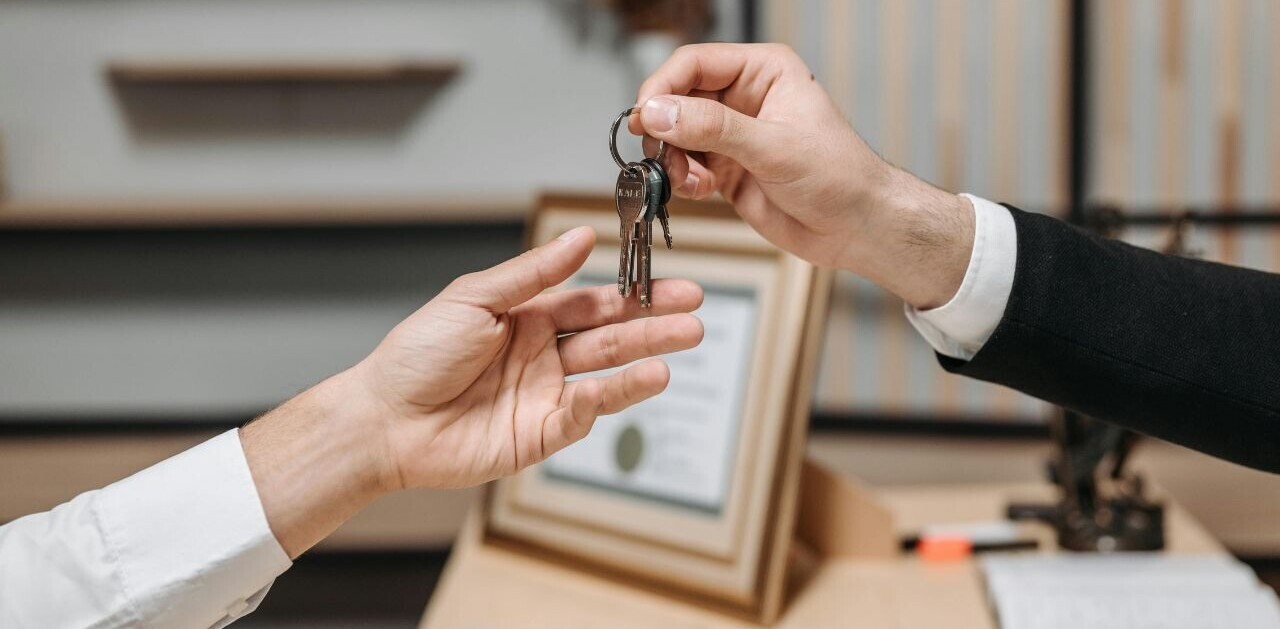
How are your New Year’s resolutions coming along? As we conclude the first weeks of 2024, chances are that the fresh-start effect has begun to wane. When it comes to succeeding in what we set out to achieve and the habits we want to instil, consistency and dedication will beat that oh-so-fickle motivation every time.
But could technology — specifically wearables — help us remain steadfast on our path towards healthier choices and taking better care of ourselves? To find out, I decided to take the Oura ring for a test spin.
The smart ring uses 20 different biometric markers to track sleep, physical activity, and — its latest feature — stress resilience.
I have to say that I did become attached to the ring pretty quickly. Maybe I haven’t quite begun calling it “my precious” yet, but I did start referring to it as “my Oura” within a week. It is sleeker than any Fitbit, and, dare we say it, much more stylish than the Whoop band (sorry, Crossfiters), and the app itself looks pretty beautiful.

At 7.9mm wide and 2.55mm thick, the Oura ring weighs between 4 to 6 grams, depending on size. As someone who is already pretty health-conscious (not on the full Huberman Lab protocol, but ticking a few boxes), I was pretty intrigued to see what kind of punch such a small titanium band housing highly sophisticated tech could pack.
“When I started my career there was a distinction between what you would think about as consumer-grade wearables and clinical medical-grade wearables. Now, that distinction is rapidly blurring,” Shyamal Patel, ŌURA’s Head of Science, tells TNW from his home in Boston, US. ŌURA’s roots however, are somewhere else entirely.
From Finland with style
Founded in Oulu, Finland, in 2013, the company’s ring initially focused primarily on sleep tracking. The wearable tech startup became a unicorn and sold its millionth ring in 2022, and is currently on the third generation of hardware.
Mordor Intelligence (yes, that is their name, this is not just an LOTR ring-related pun on our side) estimates that the global wearables market will hit $186bn in 2024, and expects it to reach $493bn by 2029, so there is ample potential for growth. And the tech is pretty remarkable. So much so that competitors have allegedly attempted to poach the startup’s engineers.
The Oura smart ring uses infrared photoplethysmography sensors (PPG) on either side of the finger to measure heart rate and respiration. The system sends light through LEDs and receives it with a photodiode that captures how pulses of light through your arteries reflect your heart’s activity. ŌURA states that it is 99.9% reliable compared to a medical-grade electrocardiogram (ECG).

One of the most impressive features of the Oura ring is probably still the sleep monitoring. The tech analyses your slumber by measuring heart rate, heart-rate variability (HRV), body temperature, restfulness, and time spent in deep, light, and REM sleep. This combined with other variables such as consistency of bed and wake-up times then makes up your overall Sleep score.
In turn, this contributes to your overall Readiness score, which also takes into account things such as previous day activity levels and time spent recovering. This then suggests you either push yourself, “treat yourself to something fun,” or focus on rest and recovery. Movement (including tossing and turning in bed) is measured through a 3D accelerometer.
Data is a health-tech goldmine — but context is everything
ŌURA released its latest sleep algorithm last year, following two years of additional R&D around 1,500 nights of data from different individuals. This resulted in a 15% improvement in measurement accuracy, reaching 79% — compared to the 83% boasted by clinical sleep researchers. “If you are going to make decisions about your health, you really need to trust that the data that you’re getting is accurate and reliable,” Patel emphasises.
While we tend to be incredibly adept at negotiating with ourselves, it is harder to argue with hard data. For those looking to change behaviours impacting their sleep and overall well-being, having access to objective feedback may well prove an invaluable investment in health-span over time.

Or as Patel puts it: “When you see how having a glass of wine before going to bed raises your overnight resting heart rate by 10 beats per minute — that tells you that this is putting a lot of stress on your system, right? And so you change that behaviour, and then the benefit of making that small behaviour change compounds over months and years.”
“Data is truly a goldmine when it comes to understanding someone’s health and making healthcare decisions,” he adds. However, ŌURA doesn’t just throw a bunch of data at you for you to figure out the meaning. Context, Patel emphasises, is everything.
If something is out of the ordinary with your sleep patterns, or you are trying to see how a particular habit (say late-night fridge raids or scrolling on your phone in bed) affects your sleep, you can add an activity tag (pre-installed ones range from late caffeine and sugar to blue light blockers and hyperbaric oxygen therapy) and see how your score corresponds to that particular activity over time.
Menstrual cycle predictions
Another impressive feature is the body temperature measurement. This is taken through a negative temperature coefficient (NTC) sensor that can detect changes as small as 0.1°C. For people who experience monthly hormonal fluctuations this is a pretty unique tool for understanding the reproductive cycle — or the effects of perimenopause and menopause.

“I fundamentally think that the menstrual cycle should be considered as another vital sign,” Patel adds. “We are investing in a lot of research in understanding how we accurately predict events like ovulation and understand more about people who have regular cycles and irregular cycles.”
Oura’s stress resilience feature
The Resilience feature, which came online about a month into my trial, measures things like stress load during the day and recovery markers, to see how much stress users can withstand. It doesn’t provide a score, but categorises resilience as Limited, Adequate, Solid, Strong, or Exceptional, and allows you to track tendencies over time.
I found that being able to check-in on daytime stress levels has proven a great reminder to find ways of dissolving them throughout the day so that it doesn’t accumulate over time, regardless of the nature of the stress itself. ŌURA has also partnered with Headspace to offer short meditations directly through the app.

As we appear to be experiencing a burnout epidemic characterised by chronic stress and fatigue, this can go a long way toward regulating our nervous systems, but also potentially reframe our experience of stress itself.
“We want to fundamentally shift this view we have of stress as mostly a negative thing to something that is an unavoidable part of our life: an essential part of our experience and how we grow and how we evolve,” Patel says. “The idea behind Resilience is to help you understand the balance between the stress that you experienced during the day and how you recover from it.”
Should you buy the Oura ring?
So, is the Oura ring for you? The honest answer is: it depends. If you are looking for a fitness-specific wearable, then I would say it hangs on your main physical activity. The ring scratches pretty easily, so you can’t wear it while lifting weights, for instance (I did wear it under boxing gloves though and it was fine). Meanwhile, the app also uses information from your phone — and, by extension, smartwatch, if you are wearing one — so you don’t miss out on data by taking it off.
However, if your goal is to monitor and understand your overall health better, including what affects your sleep and stress levels, and what helps you relax and restore, then I would say yes. The initial investment is from €329 to €399 depending on the design of the ring, and then you pay €5.99 for the monthly membership after the first 30 days.
A new healthcare paradigm supported by wearables and AI
So back to those New Year’s resolutions. Personally, I don’t have any potent vices (anymore) that I am looking to reign in, apart from a moderate-to-severe caffeine addiction. But the Oura ring has helped me construct an overall narrative of where I could support my health better — where am I overtaxing my system without giving it the chance to recover, what habits are disturbing my sleep, when I need a rest day, etc.
To me, the Oura exemplifies how innovative technological tools can not only complement our efforts but also provide a tangible, data-driven framework for understanding and improving our well-being. As with other technological advances, in the span of a couple of decades healthtech and the world of wearables will probably take us places we can hardly imagine now.
And with that, our current healthcare model of waiting until we are broken to fix things will hopefully change in meaningful ways.
“I think that there will be a confluence of technologies between wearables, AI, and our ability to ingest data,” Patel shares about his vision for the field for the next decade. “At ŌURA we talk about health as a daily practice. Ten years from now, I think that’s going to be the norm — where everybody is going to think about their health in a much more daily and continuous way.”
Get the TNW newsletter
Get the most important tech news in your inbox each week.




